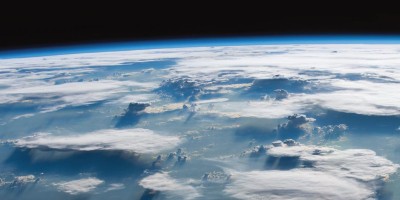Millions of people in southern Asia rely on arsenic-contaminated groundwater to live. Massive water withdrawals through wells may be increasing the problem by drawing arsenic-mobilizing substances into shallow aquifers and arsenic-contaminated shallow groundwaters into deeper aquifers.

THOMAS ROSENBERG
References
Ravenscroft, P., Brammer, H. & Richards, K. Arsenic Pollution: A Global Synthesis. (Wiley-Blackwell, 2009).
Harvey, C. F. et al. Science 298, 1602–1606 (2002).
Smith, A. H., Lingas, E. O. & Rahman, M. Bull. World Health Org. 9, 1093–1103 (2000).
Polya, D. A., Berg, M., Gault, A. G. & Takahashi, Y. Appl. Geochem. 23, 2968–2976 (2008).
Williams, P. N. et al. Environ. Sci. Technol. 40, 4903–4908 (2006).
Islam, F. S. et al. Nature 430, 68–71 (2004).
Larsen, F. et al. Appl. Geochem. 23, 3099–3115 (2008).
Polizzotto, M. L. et al. Nature 454, 505–508 (2003).
Van Green, A. et al. Bull. World Health Org. 80, 732–737 (2002).
Author information
Authors and Affiliations
Rights and permissions
About this article
Cite this article
Polya, D., Charlet, L. Rising arsenic risk?. Nature Geosci 2, 383–384 (2009). https://doi.org/10.1038/ngeo537
Issue Date:
DOI: https://doi.org/10.1038/ngeo537
- Springer Nature Limited
This article is cited by
-
Health effect and risk assessment of the populations exposed to different arsenic levels in drinking water and foodstuffs from four villages in arsenic endemic Gaighata block, West Bengal, India
Environmental Geochemistry and Health (2021)
-
Geostatistical model of the spatial distribution of arsenic in groundwaters in Gujarat State, India
Environmental Geochemistry and Health (2021)
-
Achieving Sustainable Development Goal for Clean Water in India: Influence of Natural and Anthropogenic Factors on Groundwater Microbial Pollution
Environmental Management (2020)
-
Biomarker-indicated extent of oxidation of plant-derived organic carbon (OC) in relation to geomorphology in an arsenic contaminated Holocene aquifer, Cambodia
Scientific Reports (2017)
-
Excessive use of nitrogenous fertilizers: an unawareness causing serious threats to environment and human health
Environmental Science and Pollution Research (2017)


